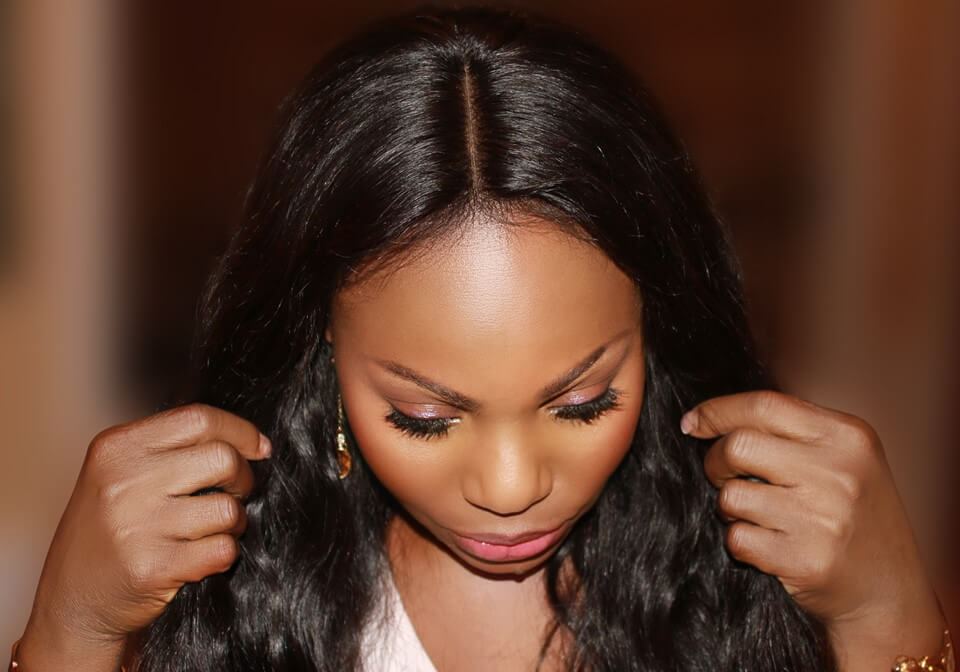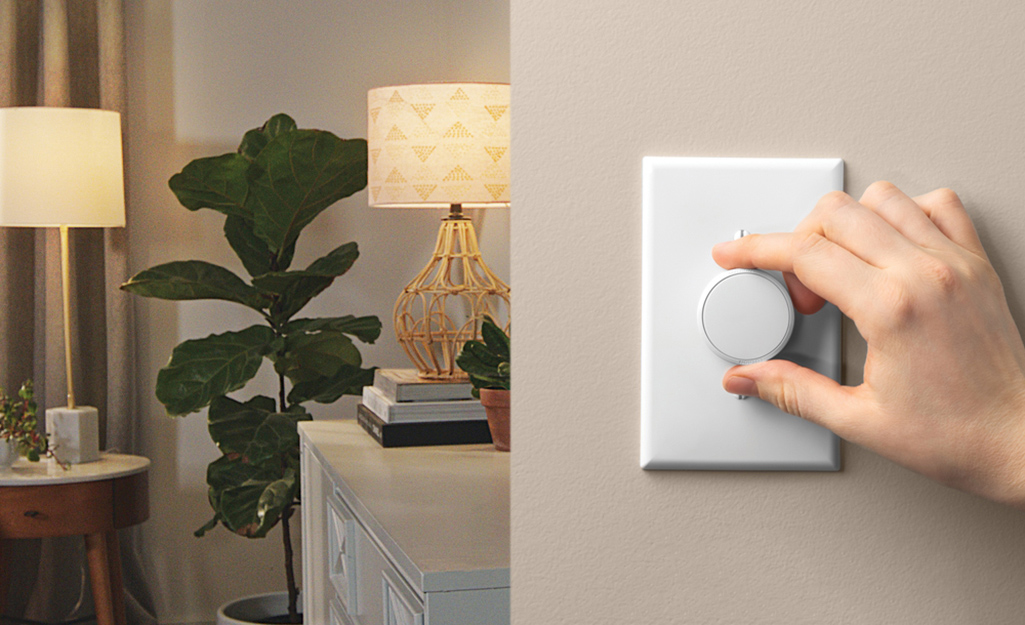Are you considering getting frontal hair extensions but worried about the possible risks and allergies that come with them? Don’t worry; you’re not alone. Many people are unaware of the potential dangers associated with this popular beauty trend. This blog post explores everything you need about frontal hair extensions – from their benefits to their risks. We’ll also share some tips on avoiding allergic reactions and scalp irritation so you can enjoy your new look confidently! So sit back, grab a cup of tea, and read on to learn more about this exciting topic!
What are frontal hair extensions?
Frontal hair extensions are a stylish way to enhance your hairstyle. They are also known as lace front wigs, which feature a sheer lace panel at the front of the wig that blends seamlessly with your natural hairline. Frontal hair extensions are made using real human hair or synthetic fibers, depending on your preference.
These extensions come in various styles, lengths, and colors to suit different tastes and preferences. Some people use frontal hair extensions to add volume or length to their existing hairstyles, while others use them for a complete transformation.
One significant advantage of frontal hair extensions is that they can be attached using different methods, such as glue or tape. This flexibility allows people with varying lifestyles and activities to have these beautiful extensions without damaging their natural locks.
In addition, frontal hair extensions allow you to try out new hairstyles without making drastic changes or undergoing chemical treatments that could damage your natural tresses. With proper care and maintenance, these wigs can last long enough before needing replacement.
Whether you’re looking for a temporary style change or a longer-lasting look enhancement option, frontals provide an excellent solution for all needs!
What are the benefits of frontal hair extensions?
Frontal hair extensions have become increasingly popular over the years, and for a good reason. These hair extensions offer a wide range of benefits that help individuals achieve their desired look quickly and easily.
One significant benefit of frontal hair extensions is that they can instantly add volume and length to your natural hair, allowing you to create various hairstyles according to your preference. Whether adding thickness or making braids or ponytails more voluminous, frontal hair extensions are incredibly versatile.
Another advantage is that frontal hair extensions come in different colors, textures, and styles. This means you can choose the one that matches perfectly with your natural locks so no one will ever suspect you’re wearing an extension.
Moreover, frontal hair extensions protect against harsh chemicals used in dyeing or perming natural hairs; this way, you can avoid damaging your natural tresses while still enjoying the versatility of a new hairstyle without commitment.
These types of extensions require low maintenance compared to other methods like sew-in weaves since they don’t involve stitching onto cornrows which could take much time as well as cause damage to specific areas due to tension.
All in all, the benefits associated with having a frontal extension cannot be overlooked, especially when considering how easy it has made styling and maintaining beautiful hairstyles for women who cherish beauty trends but value convenience above all else.
Are there any risks associated with frontal hair extensions?
Frontal hair extensions are a popular way to add length and volume to your natural hair while achieving a glamorous look. However, like any beauty treatment, they have potential risks.
An allergic reaction is one of the most common risks of frontal hair extensions. This can happen when the adhesive or tape attached to the extensions comes into contact with the scalp. Symptoms of an allergic reaction include itching, redness, swelling, and even blistering.
Another risk associated with frontal hair extensions is scalp irritation. This may occur if the extensions are attached too tightly or are not adequately handled during maintenance. Scalp irritation can lead to discomfort and even infection in some cases.
Additionally, wearing frontal hair extensions for extended periods without proper care can cause damage to your natural hairline and scalp. Following maintenance instructions carefully and giving scalp breaks between extension applications is essential.
While there are risks associated with frontal hair extensions, they can be minimized by choosing a reputable stylist who uses quality products and follows proper maintenance guidelines diligently.
How can you tell if you’re allergic to frontal hair extensions?
Allergic reactions to frontal hair extensions are rare, but they can happen. If you’re experiencing any symptoms related to an allergic reaction, it’s essential to act fast and take the necessary precautions.
The first sign of an allergic reaction is usually itching or redness on the scalp. Small bumps or blisters may accompany this. You might also notice swelling in your face, neck, or ears.
Suppose you’ve recently installed a frontal hair extension and are experiencing these symptoms. In that case, you’re likely allergic to either the adhesive used during installation or the hair extension material itself.
To confirm whether you have an allergy to frontal hair extensions, consult a dermatologist specializing in allergies. They will perform skin tests to determine if an allergy is present.
It’s important not to ignore any symptoms of an allergic reaction, as this can lead to severe complications over time. Instead, seek medical attention immediately so that proper treatment can be administered and future risks minimized.
How to prevent allergic reactions to frontal hair extensions
Preventing an allergic reaction to frontal hair extensions is crucial, especially if you have sensitive skin. Here are some tips on how to avoid scalp irritation or allergy:
First and foremost, choose high-quality frontal hair extensions that are made with natural human hair. Synthetic materials may contain harsh chemicals that can cause skin irritation.
Before getting the frontal hair installation, conduct a patch test on your skin to check for any adverse reactions. Apply a small amount of adhesive or tape onto your wrist or behind the ear and leave it on for 24 hours.
Make sure you keep your scalp clean and dry regularly. Sweat and dirt accumulation can lead to bacterial infections that may worsen allergies.
Avoid sleeping with wet hair, as this can create a breeding ground for bacteria buildup resulting in itching and soreness around the scalp area.
Do not scratch your head vigorously, as this may irritate the scalp further, leading to more severe allergic reactions.
Remove all frontal extensions immediately, then consult medical professionals for immediate attention in case of any symptoms such as redness, swelling, itchiness, rashes, or blisters.
Following these simple steps before and after installing frontal hair extensions will help prevent potential allergic reactions while maintaining a healthy, beautiful-looking hairstyle!
Conclusion
Frontal hair extensions can be a great way to enhance your appearance and boost your confidence. They offer a variety of benefits, such as versatility in styling and convenience in maintenance. However, it’s essential to recognize the potential risks of using these extensions.
Allergic reactions and scalp irritation are among users’ most common side effects. To prevent these issues from occurring, it’s crucial to take certain precautions before and during installation. This may include testing for allergies beforehand, choosing high-quality products from reputable sources, and ensuring proper application by a trained professional.
By following these guidelines and being mindful of any symptoms or changes in your scalp health after installation, you can enjoy the many benefits of frontal hair extensions without risking allergic reactions or other negative consequences.





